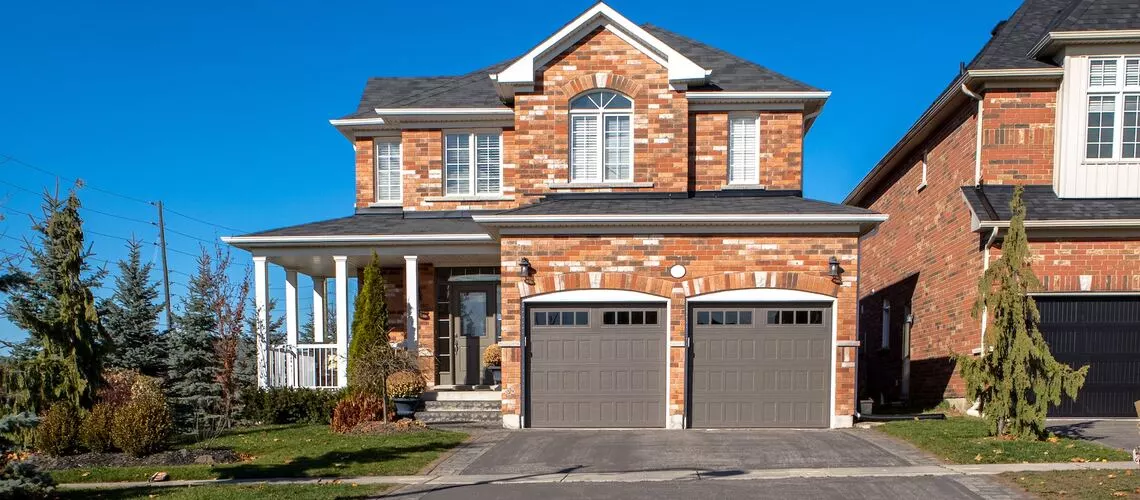When evaluating the value of a property, it is crucial to take into account the age of the property and any renovations that have been made. These factors can significantly impact the worth of a property and play a crucial role in determining its market value. In this article, we will explore how property age and renovations affect the value of Australian homes.
Property Age: A Key Factor in Determining Value
The age of a property is a fundamental consideration when assessing its value. Older properties may possess unique architectural features or historical significance, which can make them highly sought after by buyers. On the other hand, age can also lead to wear and tear, obsolete design elements, and potential functional issues that can negatively impact the value of a property.
For instance, properties built in the Victorian era may have ornate detailing and charm, making them desirable to certain buyers. However, these properties may require significant maintenance and sometimes costly renovations to bring them up to modern standards. The age of a property, therefore, requires a careful analysis to determine its impact on value.
The Role of Renovations in Property Value
Renovations are often considered a way to enhance the value of a property. By updating various aspects of a home, such as the kitchen, bathroom, or adding extensions, homeowners can increase the functionality and appeal of their property, attracting potential buyers and commanding higher prices.
Renovations can be categorised into two types: cosmetic and structural. Cosmetic renovations involve surface-level improvements, such as repainting, installing new flooring, or updating fixtures. While these renovations can enhance the visual appeal of a property, their impact on value may be limited.
On the other hand, structural renovations involve more extensive changes to the property’s layout, such as adding extra rooms, extending the living space, or improving the property’s foundation. These renovations often have a more significant impact on the value, as they enhance the functionality and overall desirability of the property.
Australian Homes: Case Study
In the Australian real estate market, the impact of property age and renovations is particularly evident. With a mix of historical buildings and modern construction, Australian homes encompass a wide range of architectural styles and ages.
Historical properties, such as Federation-style homes or terrace houses, attract buyers who value their unique character and historical significance. However, these properties often require careful maintenance and renovations to keep them structurally sound and appealing to modern buyers.
Conversely, newer homes in Australia’s major cities often come with modern design elements and the latest amenities, appealing to buyers seeking a turnkey property without the need for extensive renovations. These properties tend to command higher prices due to their newer construction and contemporary features.
In conclusion, the age of a property and any renovations that have been made play a significant role in determining its value. The age of a property can bring both charm and potential challenges, requiring a careful evaluation of its impact on value. Renovations offer opportunities to enhance a property’s worth, with structural changes often having a more substantial impact. In the Australian real estate market, the diverse range of properties showcases the relationship between property age, renovations, and value. When evaluating the value of a property, it is essential to consider these factors to accurately determine its worth.



